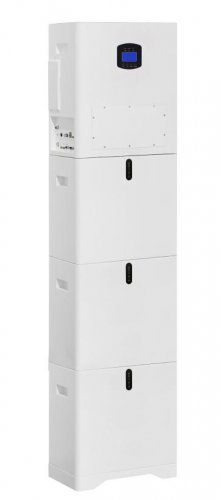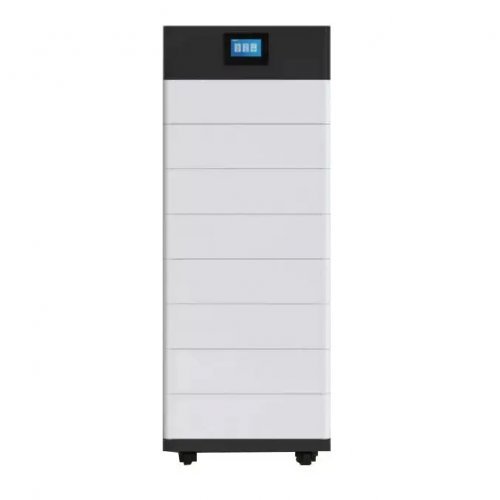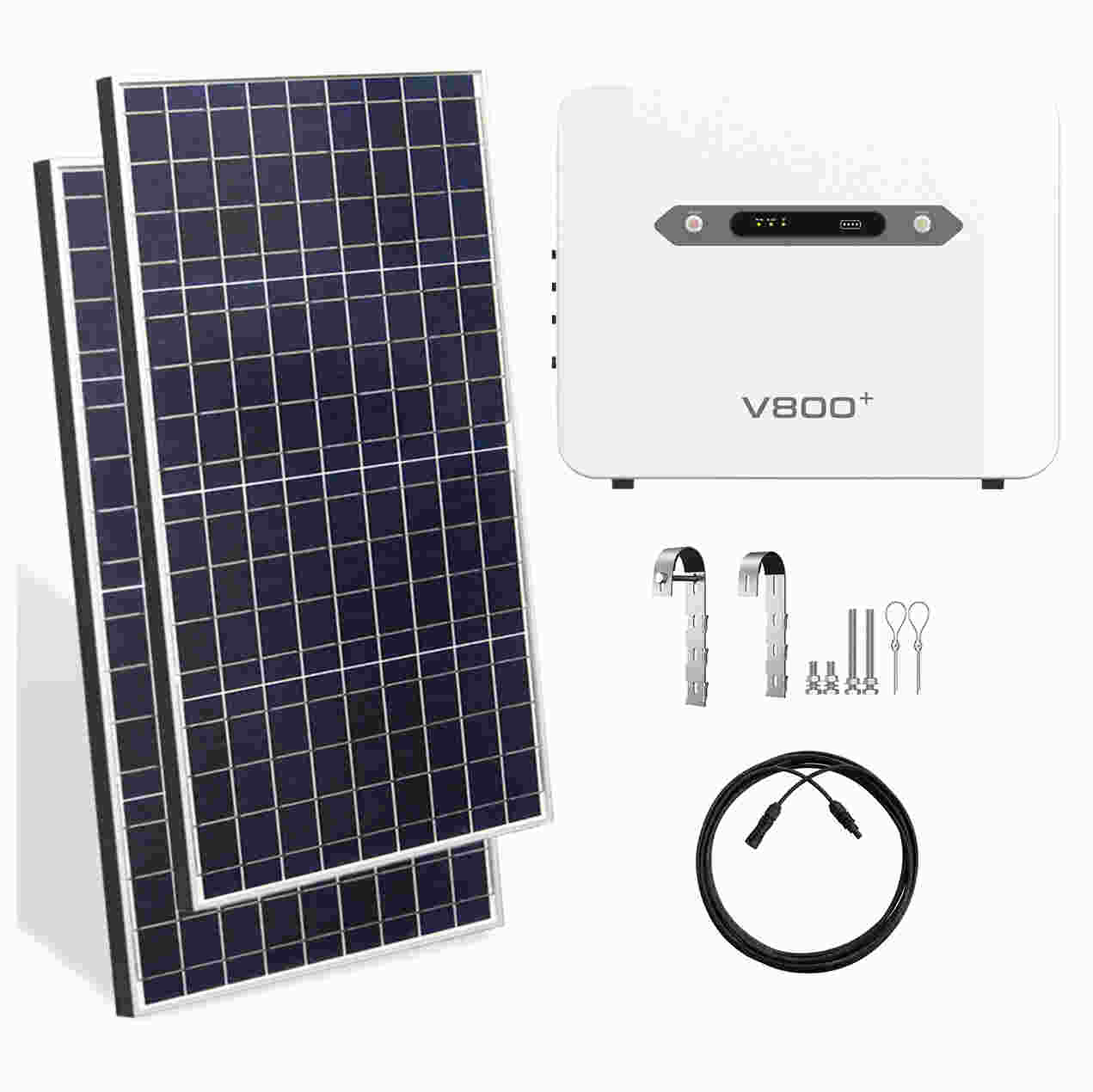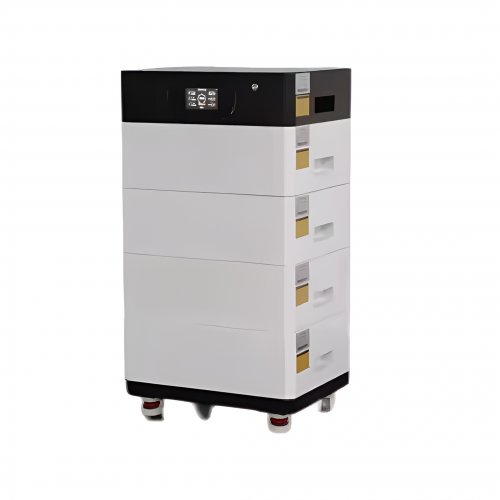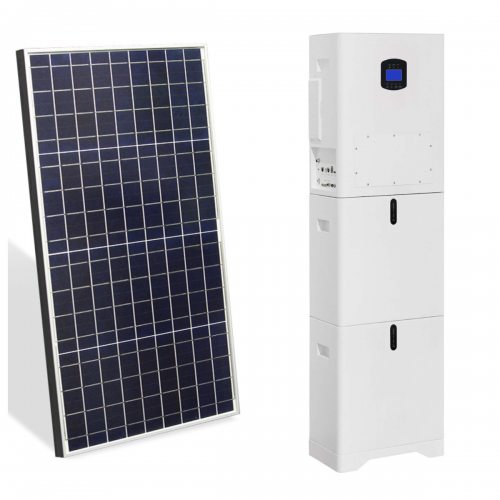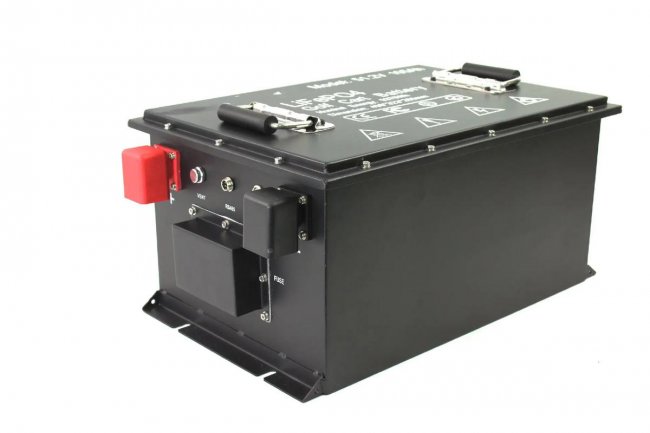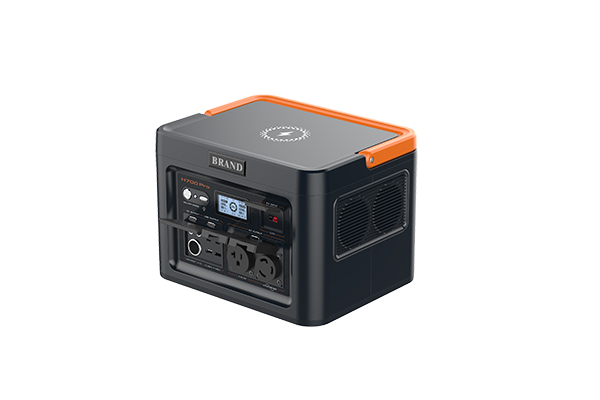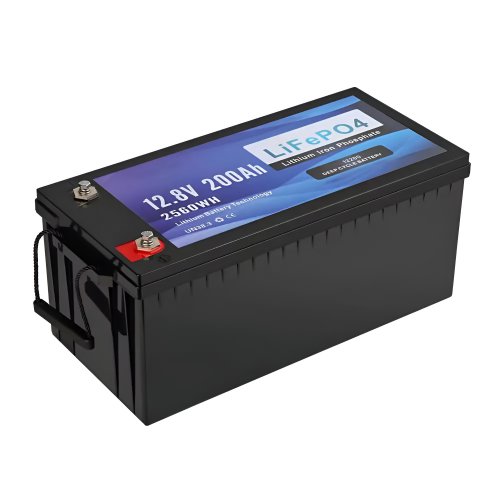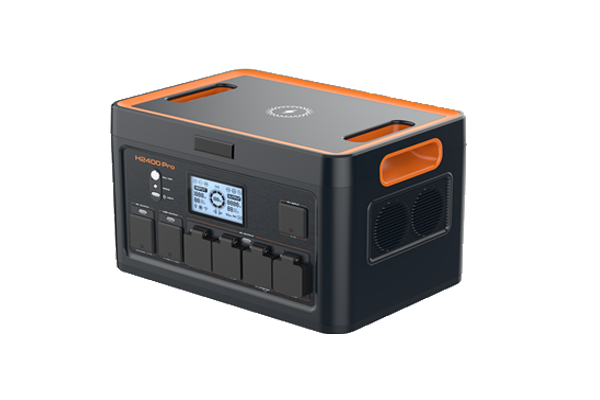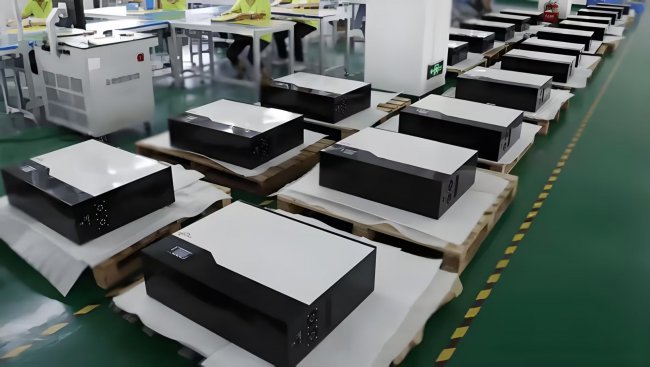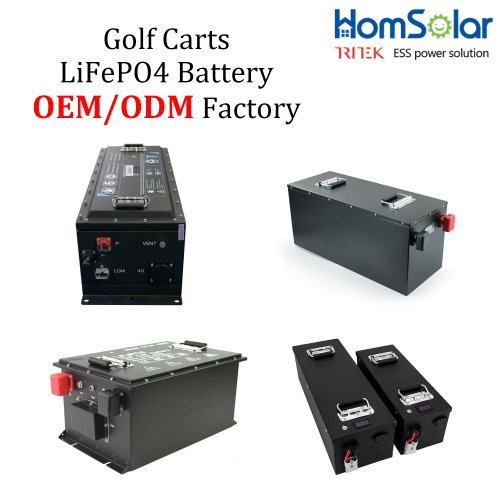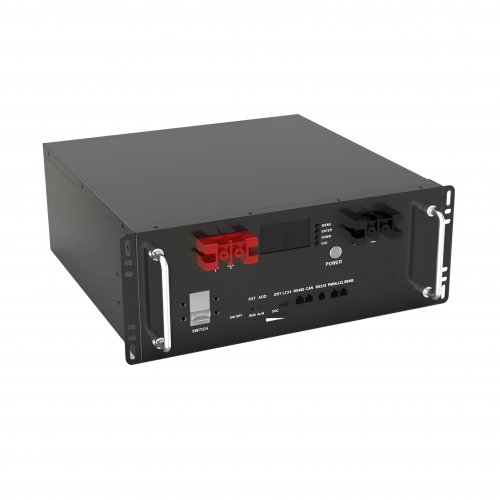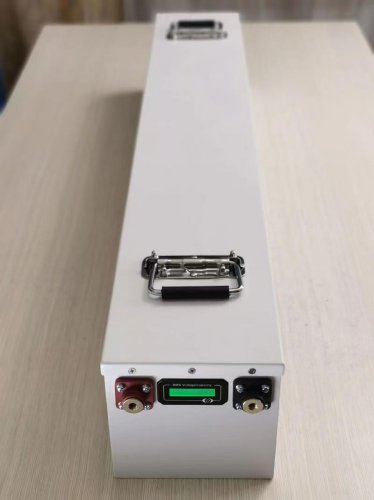Performance News: The Shifting Landscape Of Enterprise Computing In The Ai Era
The relentless pursuit of performance has long been the engine of technological advancement. However, the industry is currently undergoing a fundamental recalibration of what performance means, driven overwhelmingly by the demands of artificial intelligence and large-scale data analytics. The traditional metrics of clock speed and core count, while still relevant, are increasingly being supplemented—and in some cases, supplanted—by new benchmarks focused on efficiency, specialized processing, and holistic system throughput. This shift is reshaping hardware architectures, software development practices, and enterprise investment strategies.
Latest Industry Dynamics: The Specialization of Silicon
The most significant recent development is the accelerated move away from a one-size-fits-all CPU-centric model. The launch of a new generation of AI-accelerated processors from major players like NVIDIA, AMD, and Intel, alongside the continued growth of custom silicon from cloud hyperscalers like Google (TPU) and Amazon (Inferentia), underscores this trend. These chips are not designed for general-purpose tasks but are meticulously engineered to perform specific, computationally intensive operations, particularly the matrix multiplications at the heart of neural network training and inference.
Concurrently, the memory and storage sectors are responding to this performance hunger. The adoption of Compute Express Link (CXL) is gaining momentum, offering a coherent interface for attaching memory and accelerators to CPUs. This technology promises to break down memory capacity bottlenecks, allowing systems to pool and share memory resources, which is critical for massive AI workloads. Furthermore, the transition to PCIe 5.0 and the impending arrival of PCIe 6.0 are doubling data transfer speeds between components, ensuring that accelerators are not starved for data.
In the software realm, the focus is on extracting every ounce of potential from this new hardware. Compiler companies and open-source projects are heavily investing in tools that can optimize code for these heterogeneous environments. The rise of frameworks like PyTorch and TensorFlow, with their built-in support for GPU acceleration, is just the beginning. The next frontier involves automated code optimization and kernel fusion, where operations are combined to minimize memory movement—a major performance drain.
Trend Analysis: Efficiency as the New Performance King
The industry is witnessing a clear evolution in performance priorities:
1. From Peak Performance to Performance-per-Watt: As AI model sizes balloon into the trillions of parameters, the energy cost of training and inference has become a primary concern. Pure computational speed is no longer the sole differentiator. Enterprises and cloud providers are now prioritizing performance-per-watt, as this directly impacts operational expenditure (OpEx) and sustainability goals. This trend favors architectures that deliver more computations per kilowatt-hour, pushing innovation in chip design, cooling technologies, and power delivery.
2. The Rise of the "AI PC" and Edge Inference: The performance conversation is no longer confined to the data center. Chip manufacturers are aggressively marketing the "AI PC," embedding Neural Processing Units (NPUs) into client devices. The goal is to enable efficient on-device AI, handling tasks like real-time language translation, content creation, and advanced video conferencing features without constantly relying on the cloud. This shift promises lower latency, enhanced privacy, and reduced bandwidth costs, representing a significant democratization of high-performance AI.
3. Holistic System-Level Optimization: The understanding that a fast processor can be hamstrung by slow memory, storage, or networking has led to a system-level approach to performance. Companies are no longer just buying servers; they are designing integrated systems where all components are balanced for specific workloads. This is evident in the rise of converged and hyper-converged infrastructure (HCI) optimized for AI, and the growing importance of workload-specific benchmarks that reflect real-world application performance rather than synthetic tests.
4. Quantum-Inspired and Post-Silicon Exploration: While still in early stages, research into quantum computing and post-silicon materials like graphene is intensifying. The performance challenges of classical physics are prompting investigations into entirely new computational paradigms to solve problems currently intractable for even the most powerful supercomputers.
Expert Perspectives: A Cautious yet Optimistic Outlook
Industry experts largely agree on the direction of travel but emphasize the challenges ahead.
Dr. Anya Sharma, a lead analyst at a technology research firm, states, "We are in the midst of a architectural renaissance. The von Neumann model is being stretched to its limits. The next five years will be less about making a single processor faster and more about orchestrating a symphony of specialized components—CPUs, GPUs, NPUs, and FPGAs—seamlessly. The companies that master this systems-level integration, both in hardware and software, will lead the market."
Markus Thiel, a CTO at a financial services company, highlights the practical implications. "For us, performance is directly tied to competitive advantage, especially in algorithmic trading and risk modeling. However, the complexity of these new systems is a real challenge. Our strategy is shifting from owning and operating this infrastructure to leveraging cloud services that offer the latest accelerators on-demand. This allows us to focus on our core algorithms rather than on managing an increasingly exotic hardware fleet."
Professor Kenji Tanaka, who leads a university research lab focused on high-performance computing, points to the software challenge. "The hardware is advancing at a breathtaking pace, but the software stack is struggling to keep up. There is a significant skills gap. We need a new generation of developers who are not just coders but also computational architects, understanding how to map algorithms efficiently onto this diverse hardware landscape. The performance gains will be unlocked not by the hardware alone, but by the software that can truly harness it."
In conclusion, the definition of performance is expanding. It is no longer a singular metric but a multi-faceted goal encompassing raw speed, energy efficiency, low latency, and total cost of ownership. As AI continues to permeate every sector, the industry's ability to innovate not just in processing power but in the entire computing stack will determine the pace of technological and business transformation for the foreseeable future. The race for performance is far from over; it has simply entered a new, more complex, and more consequential phase.
Customized/OEM/ODM Service
HomSolar Supports Lifepo4 battery pack customization/OEM/ODM service, welcome to contact us and tell us your needs.


HomSolar: Your One-stop LiFePO4 Battery Pack & ESS Solution Manufacturer
Our line of LiFePO4 (LFP) batteries offer a solution to demanding applications that require a lighter weight, longer life, and higher capacity battery. Features include advanced battery management systems (BMS), Bluetooth® communication and active intelligent monitoring.

Customised Lithium Iron Phosphate Battery Casing
ABS plastic housing, aluminium housing, stainless steel housing and iron housing are available, and can also be designed and customised according to your needs.

HomSolar Smart BMS
Intelligent Battery Management System for HomSolar Energy Storage System. Bluetooth, temperature sensor, LCD display, CAN interface, UART interface also available.


Terminals & Plugs Can Be Customized
A wide range of terminals and plugs can be customised to suit the application needs of your battery products.

Well-designed Solutions for Energy Storage Systems
We will design the perfect energy storage system solution according to your needs, so that you can easily solve the specific industry applications of battery products.



About Our Battery Cells
Our energy storage system products use brand new grade A LiFePO4 cells with a battery lifespan of more than 4,000 charge/discharge cycles.



Applications in Different Industries
We supply customized & OEM battery pack, assemble cells with wiring, fuse and plastic cover, all the cell wires connected to PCB plug or built BMS.
Applications: E-bike, Electric Scooter, Golf Carts, RV, Electric Wheelchair, Electric Tools, Robot Cleaner, Robot Sweeper, Solar Energy Storage System, Emergency Light, Solar Power Light, Medical Equipment, UPS Backup Power Supply.
We can provide you with customized services. We have the ability to provide a vertical supply chain, from single cells to pack/module and to a complete power solution with BMS, etc.


HomSolar (Shenzhen) Technology Co., Ltd







